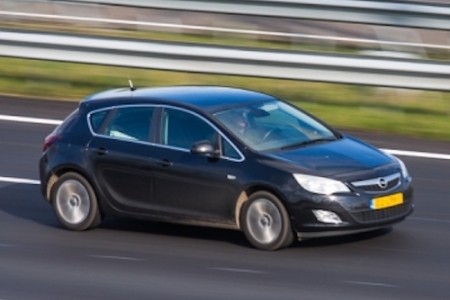If the average speed on a road increases, crash risk also increases, as does the risk of a serious outcome. This is true in general terms, but more so when motorised vehicles crash with unprotected road users, such as pedestrians, cyclists and (light) moped riders. This can be read in the updated SWOV fact sheet Speed and speed management.
Furthermore, speed differences between vehicles at any one time or place are related to a higher crash risk. Speed management consists of several steps, of which determining a safe limit is the first step. Which limit is safe, depends on the road function, traffic mix, and road layout. Always and everywhere, the limit should be credible (logical) and apparent. It can be supported by physical speed reduction measures, such as speed humps, and by traffic enforcement. Physical speed reduction measures greatly affect speed at location level. Intelligent Speed Assistance (ISA) greatly affects driving speed and therefore road safety, an intervening ISA system (which prevents the vehicle from exceeding the speed limit) being more effective than an advisory ISA system.
Read the updated SWOV fact sheet 'Speed and speed management' »

